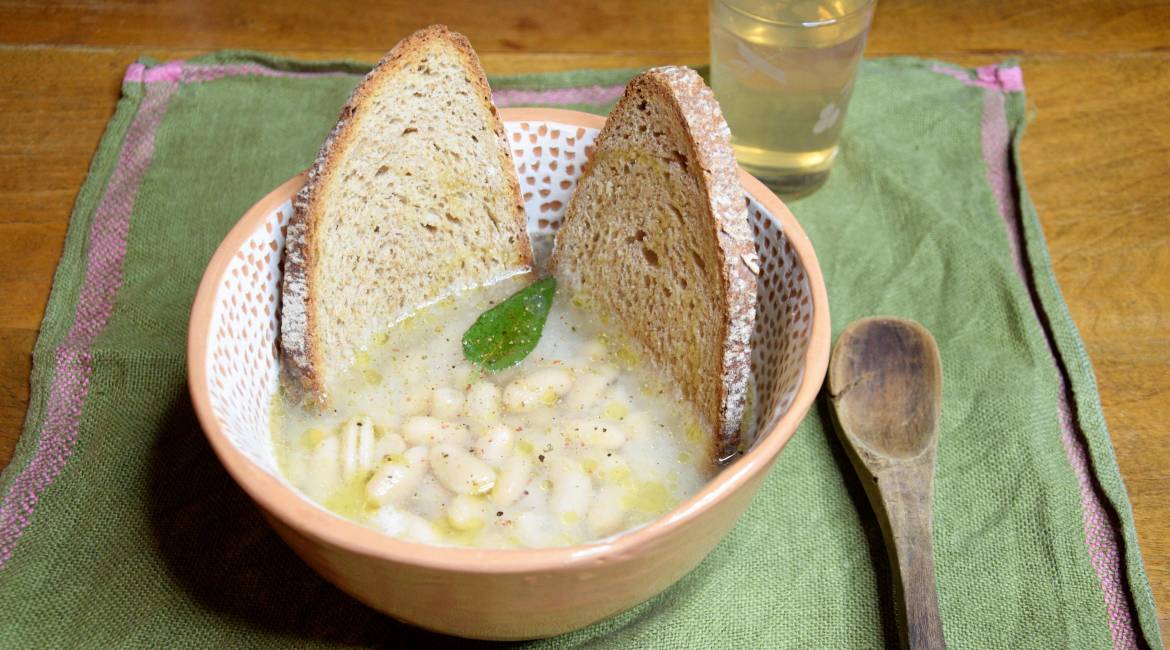Legumes

Let's rediscover together the richness of these grains full of life
From today and for 5 weeks the column on Legums starts.
Every week a story, a legume, and a video recipe.
--------------------------------------------------
It will be because I was born in Tuscany (have you ever heard the nickname "Tuscan bean eaters" ?!) It will be because they are good, it will be because they are healthy but I like legumes so much, in all seasons and sauces.
American friends and students often ask me why I eat legumes; in fact, outside the Mediterranean countries and especially in America, in my direct experience, legumes are considered exotic food in the sense of unknown.
Below is a short list of the legumes that we can find on the market, how they should be “processed” and cooked and why it is good to eat them.
The part most linked to nutrition and food chemistry will be treated by the Nutritionist Biologist Alessandra Grifoni.
Local Legumes:
beans, chickpeas, peas, broad beans, lentils, lupins, cicerchie


How they should be prepared:
Washing: in a colander under running water.
Soaking: depending on the legumes, soaking time can vary from a few hours to twelve hours.
Cooking: I highly recommend the pressure cooker to optimize times, or in the winter days in a clay pot and slow flame cooking or on the stove.
Seasonings to be put in cooking that help the digestibility of the legume: garlic, bay leaf, sage, turmeric.
How to reduce the swelling that legumes can cause:
Proper soaking.
We remove the peel manually or transform the legumes into a cream with a vegetable mill.
We avoid combinations with cabbage, broccoli, cauliflower, etc.
Why it's good to eat them:
Legumes are an extraordinary food, they are rich in proteins, fibers, carbohydrates, mineral salts (iron, potassium and phosphorus), they contain vitamins (especially B1, niacin, C and H) and antioxidant and protective substances (including polyphenols).
One of the oldest and most successful combinations from a nutritional point of view is to combine cereals and legumes. To promote digestive processes, someone recommends using the following proportion: two parts of cereals and one part of legumes, adding vegetables at will.
I open column with a recipe that honors my origins and the bond with my Florentine father, from San Frediano.
 The “zuppa lombarda” was prepared by my father in autumn, even better with "new oil" on windy evenings when the stove was already on.
The “zuppa lombarda” was prepared by my father in autumn, even better with "new oil" on windy evenings when the stove was already on.
But why is it called Lombard soup if it is a recipe of the poor Tuscan tradition? I asked my father, who, being a teacher, couldn't wait to tell me the story.
In fact, it seems that this recipe originated in Florence during the years of construction of the Faentina railway line that connects Florence with Faenza in Emilia Romagna.
(beautiful train ride!)
When the miners finished working, it was so late that often the restaurants were already closed and it was difficult for the workers to find a place still open where they could eat and refresh themselves. It was then that the Florentines got into the habit of preparing a soup for them based on stale bread and beans: nutritious, economical, invigorating and easy to heat.
The recipe was called "Lombard soup", referring to the origin of these miners, almost all of them originating in the Lombardy region.








